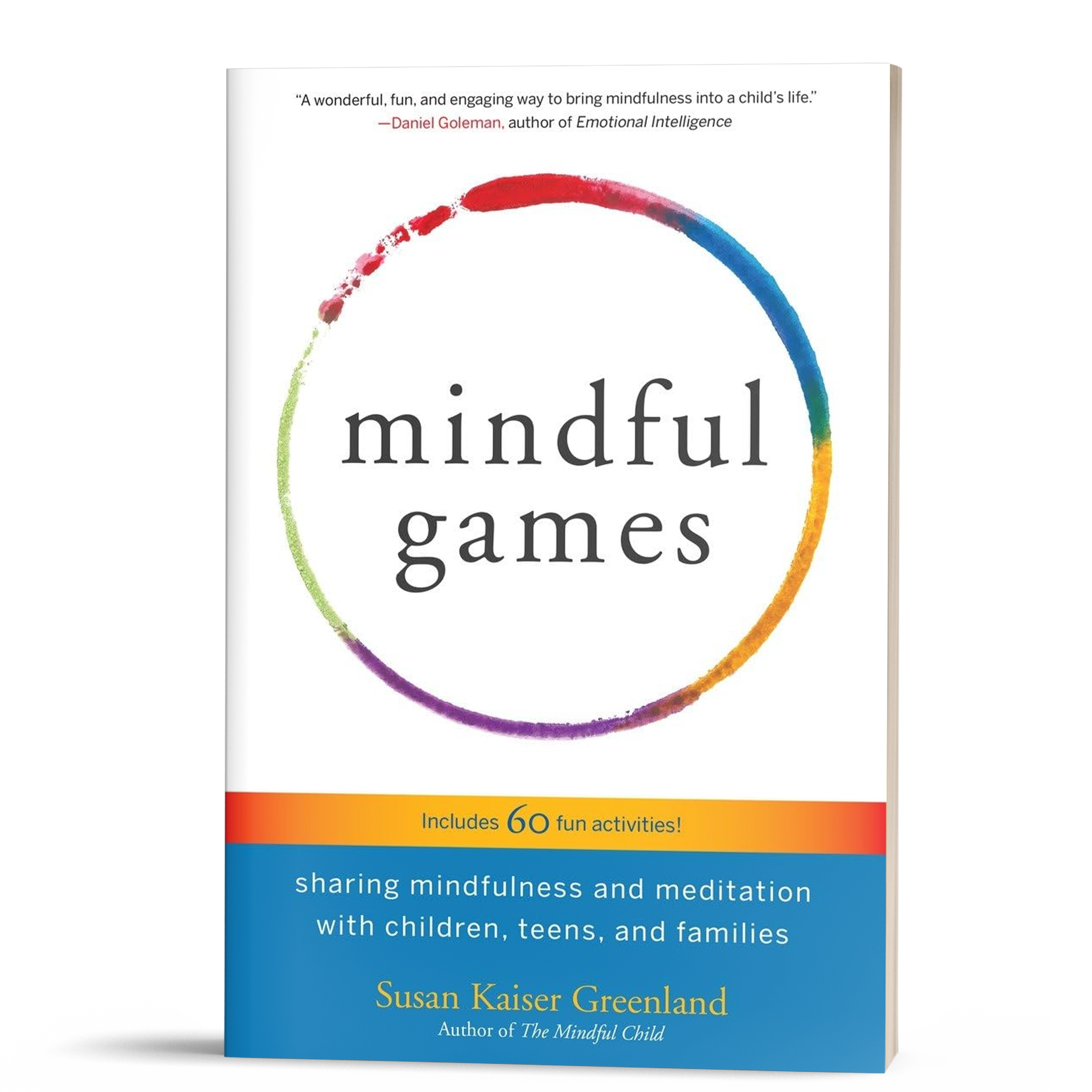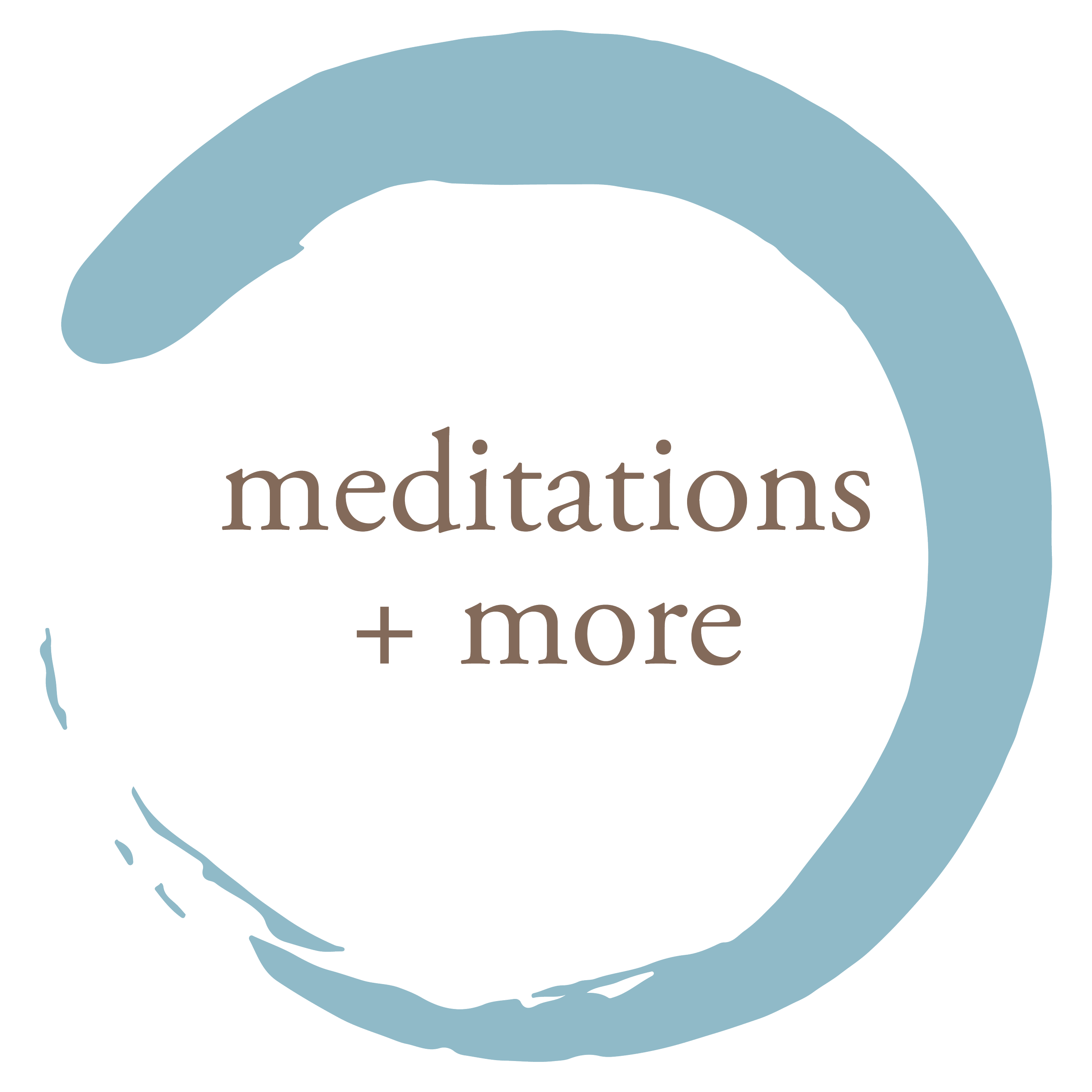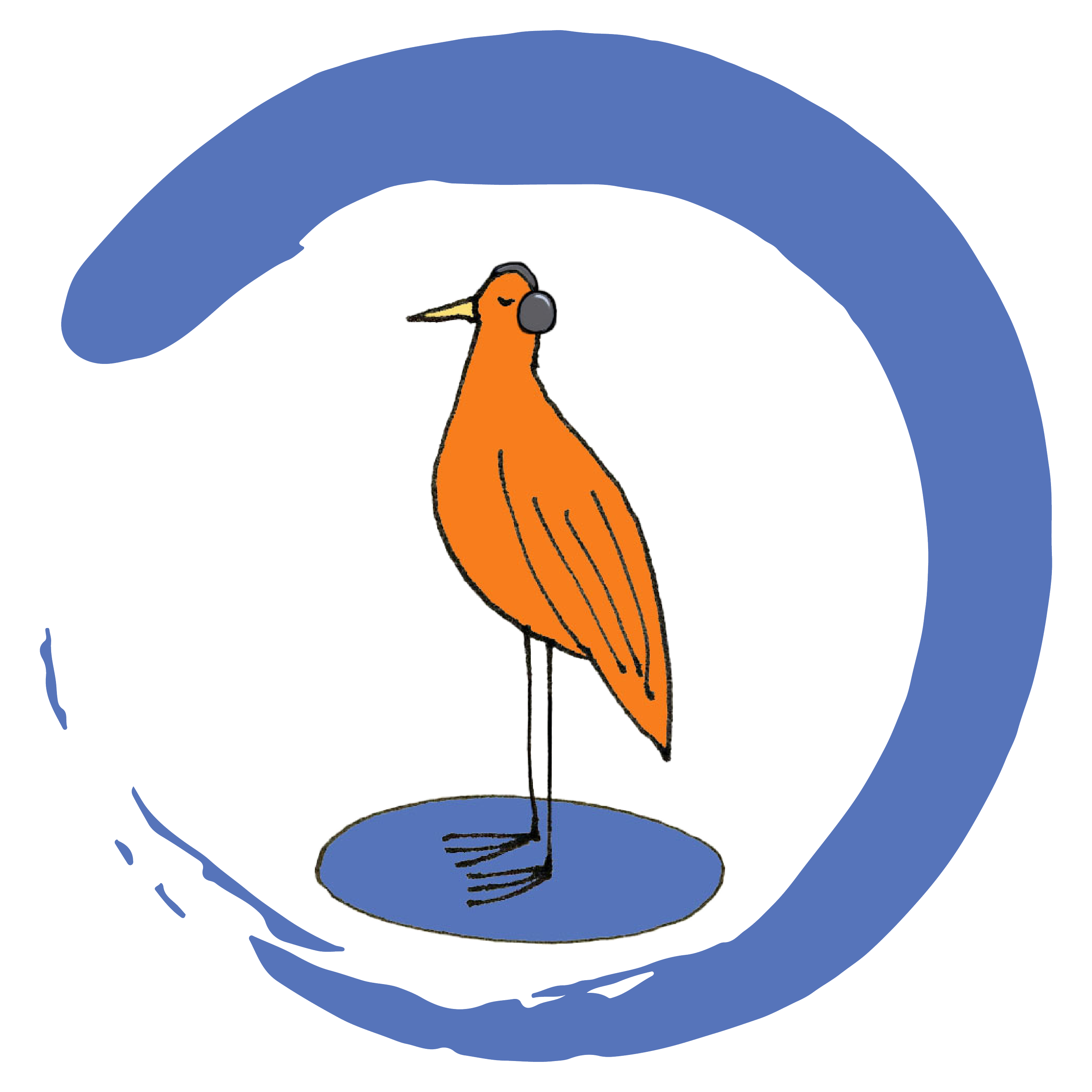mindfulness & Meditation for educators + more
Susan first developed her trademark approach to activity-based mindfulness in the classroom. Years ago, while working as an attorney, she discovered meditation practices that changed the trajectory of her life. Passionate about the benefits she experienced, she believed that mindfulness-based strategies could not only help develop children’s social, emotional, and academic skills but also help them grow up to be healthier, more fulfilled adults. What started as volunteering at the local Boys & Girls Club and public schools quickly turned into Inner Kids—a model dedicated to teaching secular mindfulness and meditation in schools and community-based programs throughout Southern California and beyond. Here, she discovered her knack for curating complex, powerful concepts into practices anyone (child or adult) could understand.
Enjoy this curated collection of tools and resources for your work with children and to support the development of your mindfulness and meditation practices.

-
Learn about Susan’s pioneering approach to integrating mindfulness in the classroom.
-
Find more ideas and tools in Susan’s books, games, and audio offerings.
-
Bring mindfulness into the classroom with these fun, simple, and powerful practices.
-
Simple, mindful insights & lessons to bring to the children in your life.
-
Ready to try out some games, meditations, or other practices with kids? Check out these tips to help you get started.
-
Join Susan as she shares practical insights and techniques on popular podcasts.
Since the early 2000s, Susan has helped pioneer the introduction of secular mindfulness into homes and schools worldwide. Over the decades, educators, parents, therapists, and other adults who’ve worked with children have found the very same mindfulness concepts that were designed for children to be powerful in their own lives. Many of these adults have reached out to express how, before working with the Inner Kids model, they struggled to infuse mindfulness into their lives, and how after they’ve been able to integrate it more successfully. Her Inner Kids model is a fun, pragmatic approach to sharing mindfulness with children, their teachers, and parents. Designed to be flexible, adaptive, and inclusive to the specific needs, cultures, and creativity of the children and adults who use it, Inner Kids is a powerful set of principles and tools. It brings activity-based mindfulness (or mindful games) to children in simple ways to empower them to develop their attention, balance, compassion, and playfulness.
For some background about the Inner Kids model and Susan’s unique and compassionate approach to mindfulness, check out the articles below.
Check out Susan’s books, games, and audio collection, to learn more and purchase wherever books are sold, or to find at your local library. If you’d like to order in bulk for your organization, please get in touch with us.
These meditations & lessons are designed to help adults and children. The practices for kids offer a variety of mindfulness-building activities, whether you’re hoping to help your child with listening skills, relaxation, attention, reframing, or even connecting, you’re sure to find some wonderful resources here.
Look through our video library of lessons and activities for kids and adults. And be sure to also check out Susan’s YouTube channel for more.
Tips for Sharing Mindfulness with Kids
These tips can be helpful as you are introducing new mindfulness concepts, exercises, or activities to children. These are based on decades of work with children in both home and classroom settings.
Before Starting:
Find a relatively quiet place where you can sit or lie down comfortably, without being disturbed.
Before leading a game, get a feel for it first by going through the steps on your own.
While Leading Mindful Games:
Be Yourself. Use your regular speaking voice, and your own words, when you lead a game.
Every child is different. Some children are so determined to concentrate that they tense their muscles when they meditate. Others are so relaxed that they curl up and fall asleep. From time to time, remind kids to keep their backs straight and their bodies relaxed.
No “right” or “wrong” way to do it. Remind children that there is no right or wrong way to feel when they play mindful games. Although activity-based mindfulness often helps them feel calm (and we often want children to calm down), it’s important to remember that that goal is actually for them to be aware of whatever they are feeling in the present moment without judging it.
They don’t have to close their eyes. Sometimes children are uncomfortable closing their eyes, even when the game they're playing is easier with eyes closed. Don’t insist that children close their eyes, but it’s helpful to remind them that you'll keep your eyes open and watch the room.
No need to force it. Children will respond to the games differently, and activities that come naturally to some kids might be difficult for others. There’s no reason to force a child to play if they feel uncomfortable. Just switch to another game that explores similar life skills and themes.
Have fun! All of the games include activity-based mindfulness strategies that are useful to everyone, regardless of age. Don’t be surprised when older children and teens are drawn to activities meant for young children, and young children have fun playing games that seem over their heads.
Remind children to develop their own inner voice. We want to help children develop a kind inner voice that sounds something like this: It’s really hard to sit still right now, and that’s okay. Everyone feels this way sometimes. I can sit here, feeling my body and all the energy I have – my breath moving fast, my heart beating quickly – I can take a breath, listen to sounds, become aware of how I feel, and be okay.
Have more questions? Visit our FAQ section for even more information on how to skillfully share mindfulness and meditation with children.
















